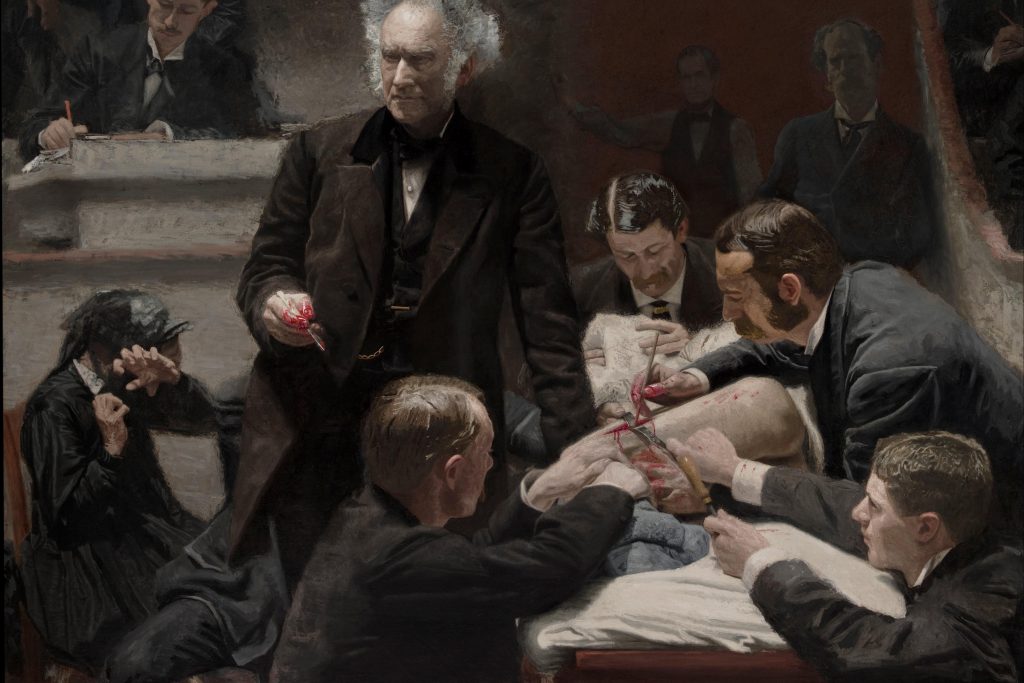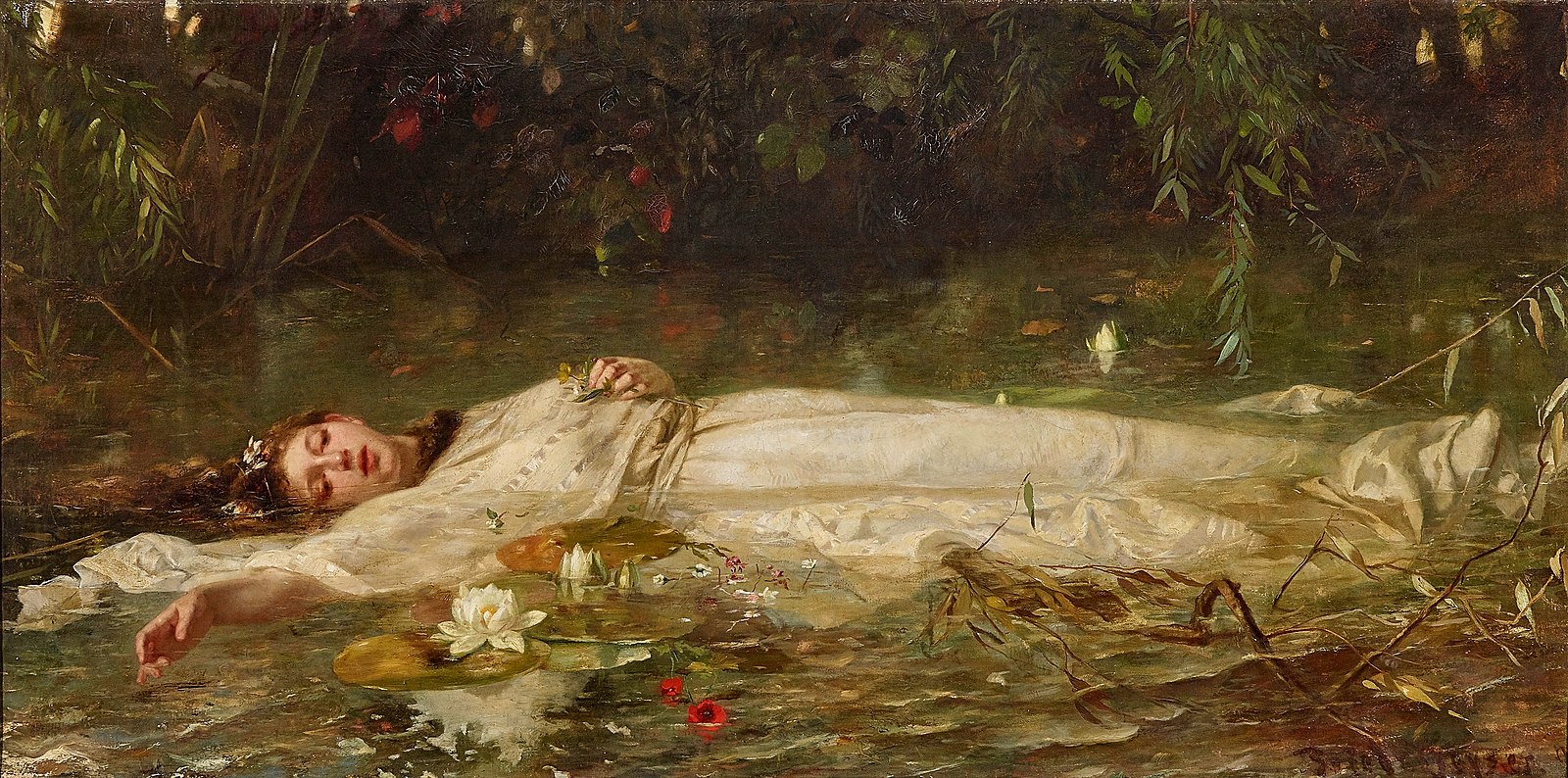
The Literary Madness Anthology: An Introduction
This anthology is the culmination of a semester’s worth of thinking, reading, talking, and writing about the ways in which madness and madfolk are depicted in literature. We’ve discovered that literary madness takes many forms; it can be a sign of genius, a result of holy fervor, a side effect of love, or a violent disturbance of the body and mind. The madman or madwoman may symbolize the shameful secret or the irrational fear. They may represent all that is uncanny, the other who is both familiar and foreign. At the same time, the fictionally insane – those who are represented as “fools” – are frequently bearers of uncommon wisdom. Madness can be a permanent condition or a transitory state, one into which anyone can fall, given the right circumstances. It can give us new ways to think about alienation and identity, about duality and liminality, about language and expression, about the internal and external, about knowledge and wisdom, and about our relationships with time and space.
Fictional madfolk are often used by authors as stand-ins for many varieties of others – those who have been marginalized, ejected, rejected, reduced, or summarily shoved to the literal or metaphorical outskirts of society. Conceptions of madness have been mobilized to support oppressive social and political programs, but they’ve also been used to explore new avenues of new knowledge and to fight restrictive social conventions. To study madness (in life and literature) is to sharpen your gaze on those who are so often seen but not seen: those who are only acknowledged as icons or symbols or images but not recognized as people with their own feelings, histories, and knowledges. To study madness is to confront a history of inspiration, of confusion, and of startling violence. Madfolk could be treated with kindness and sympathy, but were frequently scorned, degraded, and disregarded. Madhouses became repositories for the unwanted (whether they were mad or not), places of living death. Yet in the hands of authors, madness could be a sign of liberation from an inhumane world and broken social system. It could become a potent protest against hegemonic normativity. The mutability of literary madness makes it a fertile ground for imagining alternative perspectives, spaces, and values.
In the virtual rooms of this anthology, you will find a wide variety of madfolk, each with their own lessons to teach us. You will find daring writers willing to gaze into the co-mingled darkness and light of madness. The students of English 465 undertook this journey with me in our very own “ship of fools” and made our classroom a space of trust and community. Dr. Meg Smith joined us along the way and gave us the light of her expertise. I thank everyone on our 465 crew for their enthusiasm, kindness, patience, and wisdom. I thank them most of all for freely and generously sharing pieces of themselves.
H.G.S. Johnson
Southern Illinois University Edwardsville



